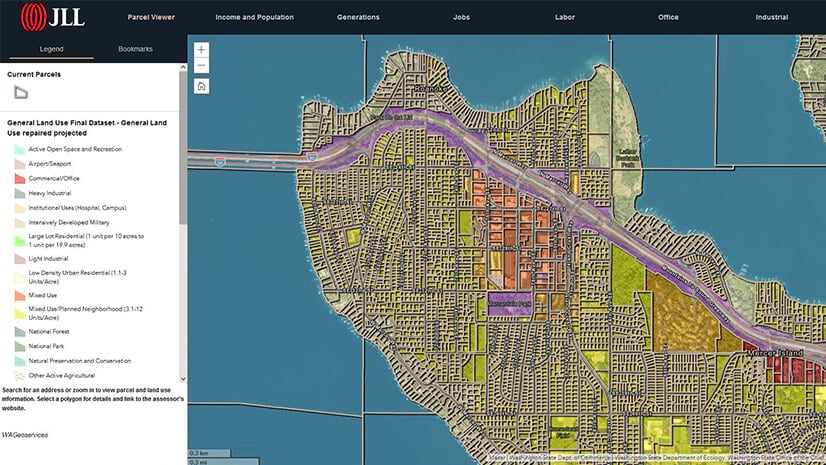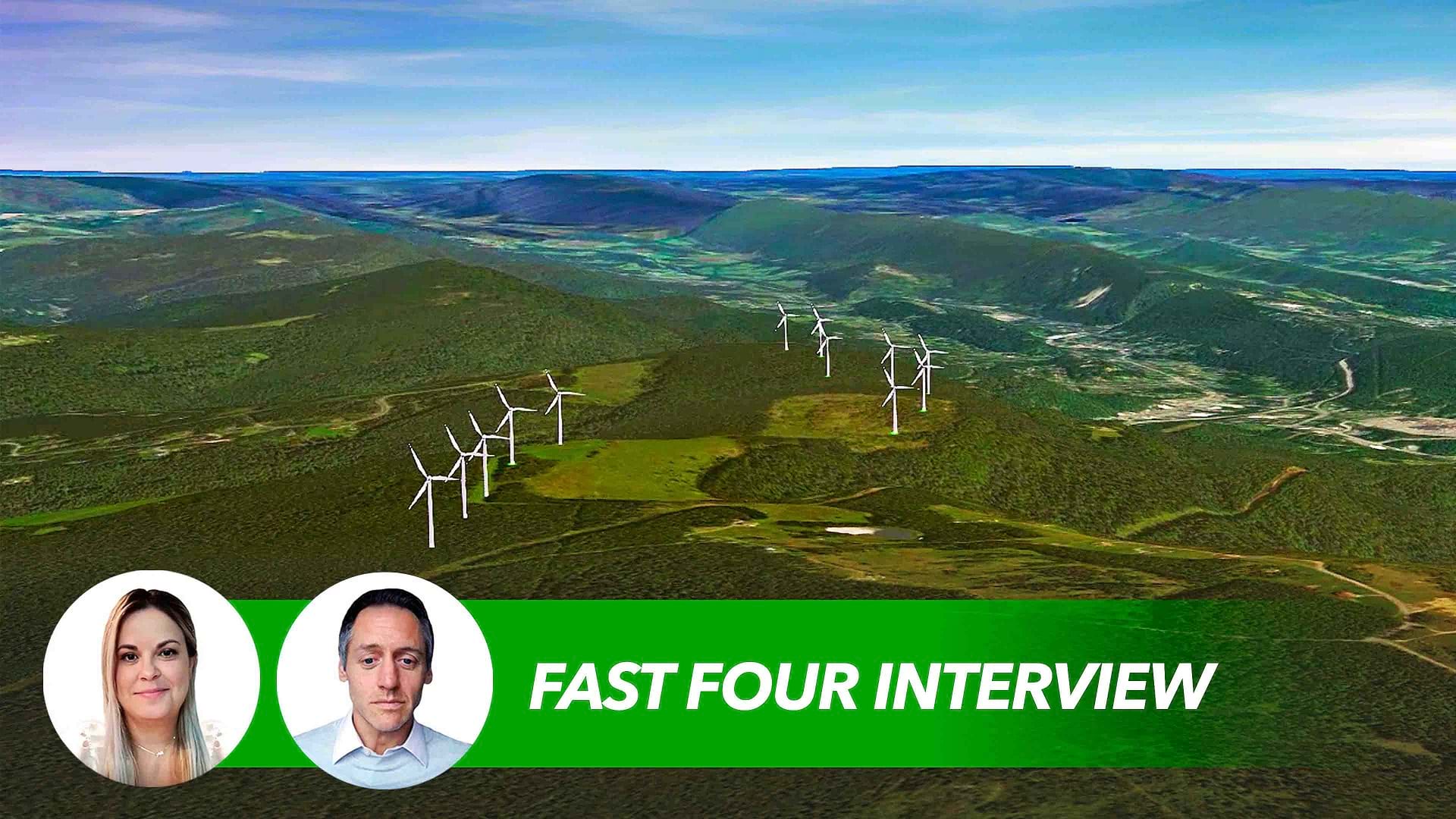The renewable energy industry might be having its best decade yet. Businesses worldwide are using cleaner forms of power to reduce their carbon footprints. The transportation sector—once almost exclusively dependent on fossil fuels—is moving rapidly to alternatives. And legislation like the US Inflation Reduction Act is set to fund a massive transition to more efficient heating and cooling of homes and offices.
But even in an industry with the wind at its back, some companies will mishandle a prized opportunity. Those that outperform their peers tend to have one thing in common: they rely on location intelligence to gain an edge in an increasingly crowded industry.
In this Fast Four interview, Esri’s Alessandra Millican explains how renewable energy companies have applied location technology in recent years, and how it will help them power tomorrow’s high-profile businesses.
Watch the video interview or read the transcript below.
Chris Chiappinelli: We are back with another episode of the WhereNext Fast Four series. These short videos explore the past, present, and future of location technology across the business world. Today, we are talking renewable energy with Alessandra Millican. She’ll explain how these companies get a competitive edge using geographic information systems, or GIS.
Alessandra, help us set the stage. How did renewable energy firms first get acquainted with GIS technology? And what were they trying to achieve?
Alessandra Millican: Renewable energy projects typically have a really large land footprint. So the development can really lead to some land-use conflicts or trade-offs between energy supply and ecosystems. So it really started with site suitability analysis—finding the right locations to develop these projects.
So, for example, finding out where there’s a lot of sun or where there’s a lot of wind. Are these areas close to transmission lines? Or are they far away from people? It’s all about finding the right location.
And unfortunately, in several of these areas that do have a lot of wind or solar, sometimes the communities can be really contentious about developing those assets. So several companies even build a digital twin of those renewable energy assets before any ground is broken so that they can perform viewshed analysis and understand where in the community [people] can actually see those assets, or even shadow impact analysis to understand where the shadows will be.
Chiappinelli: Interesting. Okay. So, some basic due diligence, some project planning there. If we fast-forward to present day, can you talk us through maybe two goals that these companies are trying to achieve with location technology?
Millican: Yeah, so obviously, location technology is still used in site suitability analysis or due diligence, but GIS is really expanding to other business units. So, for example, operations and maintenance . . . they want to use location intelligence for things like health and safety awareness. So now, they can use drone technology and machine learning to understand where those problem areas are instead of sending people out there, or do things like real-time monitoring or historical weather analysis to predict lightning strikes, or even send out real-time alerts to warn employees that are within a radius of hazard. And that’s just one side of the business, right?
Another example is business development. We have a lot of renewable energy companies now who are taking advantage of the new Inflation Reduction Act in the United States. They are looking to analyze traffic flow, demographics, commercial spending habits, or census data with map-based analytics to find new markets to expand their business.
Chiappinelli: It’s an interesting progression from one part of the business to many. So, if you take that even further, what’s the next level as far as you see it? What techniques do you think we’ll see in the next few years?
Millican: A really great, although unfortunate, use case was the recent hurricane that we had in the United States. We had one company that flew drone imagery over all of their assets before the hurricane so that they had a baseline to understand the status of their current solar and wind assets, to understand what was already damaged or repaired.
And when the hurricane hit, they immediately can perform change detection analysis with machine learning and artificial intelligence to understand where exactly they need to send maintenance out to restore that power as quickly as possible.
Another really great example is cryptocurrency mining and operations, right? Bitcoin alone, we know, consumes about 110 terawatt-hours per year of energy. That’s a lot. And some places like New York are trying to develop climate legislation to block bitcoin mining. But it can actually provide a really great revenue source for renewable energy developers.
We don’t know the exact number, but it’s estimated between 25 percent and 60 percent of cryptocurrency is already running on renewable energy. But it’s a huge opportunity, and I have been working with a lot of renewable energy companies who are looking to move into that market. So location intelligence can really match them with potential site locations and kind of build that business partnership.
Chiappinelli: Certainly some tantalizing ideas there. I guess we’ll probably have to leave the debate over proof-of-stake and proof-of-work for another chat. But that’s fascinating. Thank you so much, Alessandra, for a good overview of where the industry is headed.
If you are interested in learning more about geospatial technology in the renewable energy sector, check out the URL on-screen. Or if you’re reading us on WhereNext, look for a link in the article. For the Fast Four series, I’m Chris Chiappinelli. We’ll see you next time.
The Esri Brief
Trending insights from WhereNext and other leading publicationsTrending articles

December 5, 2024 |

November 12, 2018 |

July 25, 2023 |

February 1, 2022 |

March 18, 2025 |

May 28, 2025 |






